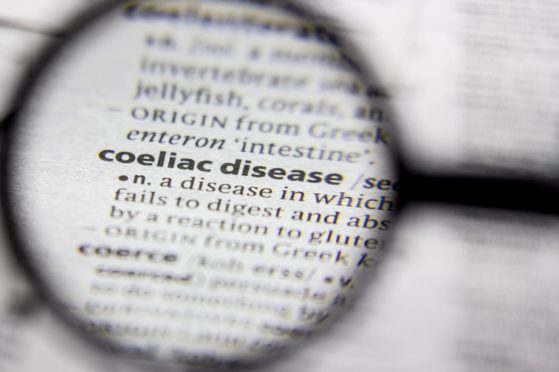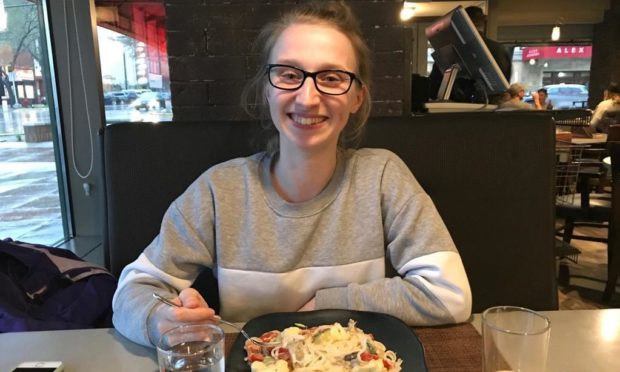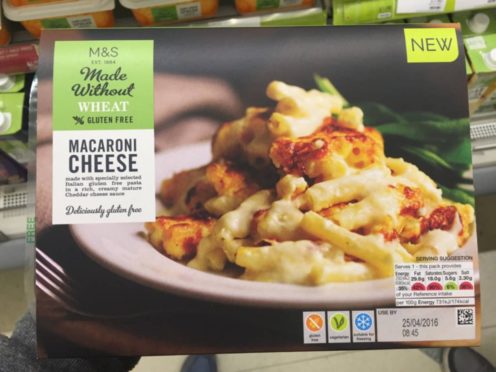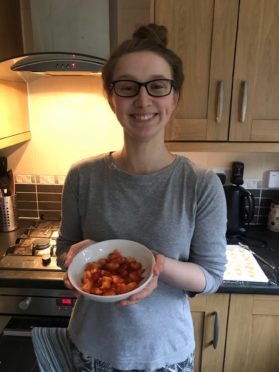Having been forced into eating gluten free since 2016, food and drink writer Rebecca Shearer discusses why we should all be taking some time to reflect on our choices this Coeliac Awareness Week.
As much of the hospitality industry has started to reopen its doors, people are able to go out and eat in restaurants, cafes and bars for the first time in a long time.
But not everyone is able to rejoice in the fact that we can have a meal out with friends again, namely those who are sufferers of coeliac disease.
According to Coeliac UK, the disease has a prevalence of one in 100, meaning that hundreds of thousands of people across the country currently suffer from it, many of whom are yet to be diagnosed.
Coeliac disease is an auto-immune condition in which the body fails to digest gluten. Sufferers can experience a whole range of symptoms, including bloatedness, nausea, tiredness, mouth ulcers or anaemia, if they eat gluten, which is mostly found in wheat, barley, rye and some oats.
Own experience
From my own experience, I know well that following a gluten-free diet sounds so much easier than it is. I’ve been unable to eat gluten since August 2016 following a horrible stomach virus that has caused me to develop an intolerance to it, though I am yet to be tested for coeliac disease itself.

Often, people mistake a gluten-free diet to be a “fad” or lifestyle choice, in the same way as veganism and vegetarianism are, without actually realising that there is an allergy involved. It’s often a source of frustration when people assume that not eating gluten means you’re trying to be “healthy”.
Coeliac disease and gluten intolerances aren’t a choice, nor are they a lifestyle. As society isn’t as gluten-free as it perhaps could be, having to eat a gluten-free diet means constant planning, constant reading of labels and constant groans of frustration when something that’s made from potato, rice or corn seems to have been turned into something glutinous by being baked, fried or battered in flour.
Next time
The next time you’re in the supermarket, take a quick look at what goes into a product that you would usually have the glutinous version of – I bet that the gluten-free version will have so many more additives and additional ingredients than you may have realised.
We’re not trying to be healthy, we’re just trying to not make ourselves sick.
The next time the country goes into panic-buying mode and you’re desperate to make spaghetti Bolognese but your local supermarket is out of pasta, I urge you not to reach for the gluten-free version just because “it’s all they had”.
March 2020
In March 2020, when this was reality, myself and many people suffering from a gluten intolerance or coeliac disease around the country found that we couldn’t purchase the basics, including pasta and bread and in some cases even gluten-free flour, because others were sweeping them off the shelves when all the glutinous food was gone.
It wasn’t fair and it’s this kind of ignorance towards the impact it has on other people that those who can’t eat gluten face on a daily basis.
Restaurants and cafes aren’t immune to this. Some do try to offer a limited version of their menu that is gluten free, while others offer no such thing and instead shift their focus to vegan food.
Veganism isn’t an allergy and if a vegan meal was to come into contact with an animal product, the consumer wouldn’t necessarily know about it as they wouldn’t react.
Reaction
If gluten-free food was to come into contact with even the slightest bit of gluten, even if it’s being made on the same counter as a glutinous product before it, someone who is gluten intolerant will know about it within 24 hours of eating it.
Home cooking was a big feature during the first lockdown of the pandemic, but for many who suffer from a gluten allergy or intolerance, it’s been our only option since we were diagnosed as there still isn’t enough awareness out there about it.
So, as Coeliac Awareness Week takes place this May 10-16, take some time to consider how you can help us in your day-to-day life.
Choices
When you’re reaching for the gluten-free sandwich at Marks & Spencer because you fancy “being healthier”, why not consider whether there’s an alternative instead? The next time you’re in a restaurant and want to have a burger with a gluten-free bun because you want to be “healthier”, take a moment to think about whether that will stop someone with a gluten intolerance from being able to enjoy their meal further down the line.
And for all the restaurant, cafe, bar and supermarket owners reading this, we need you to help us bring more awareness into the public conscience, take us just as seriously as you take diets that are a choice and lead the way in making our society a much easier place to be a foodie when your diet is gluten-free.


